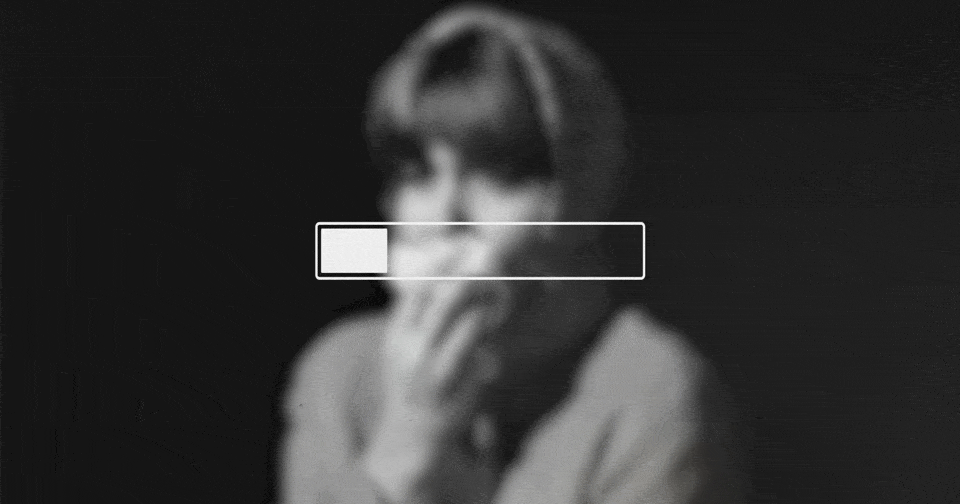Long COVID brain fog: doctors share how they’re treating this persistent and puzzling symptom that may impact up to 70% of survivors – Fortune
Corbett O’Connor has contracted COVID three times, beginning with his first bout in April of 2020. A year passed before his second case, and his third was in the fall of last year.
But it’s only now that the New Yorker is feeling better. His longest lasting symptom—brain fog—is finally clearing up and he’s performing well at his new remote position in construction management.
“I’m coming up on a year out since the last time I had COVID and I’m just now really starting to mentally and physically feel like I’m getting beyond this,” he says.
Doctors are still trying to understand brain fog, which some studies estimate may affect up to 70% of COVID patients, and experimenting with treatments that may improve symptoms for those dealing with it months out from their illness. Studies show those who have had COVID demonstrate measurable increases in brain fog compared to their counterparts—even if they didn’t notice it—but also that those symptoms cleared up around six to nine months later.
Theories on what causes the feeling of brain fog are still up for debate, and treatments vary widely. O’Connor sought treatment from Dr. Raphael Kellman, an internist and functional medicine physician at Kellman Wellness Center in New York, last summer. Kellman treats patients based on the idea that inflammation of the brain causes these symptoms.
“Brain fog is a very prominent issue, recall, feeling out of it, and the number one issue is chronic inflammation,” Kellman says. “The immune system has just not shut off and it’s in a constant hyperinflammatory state.”
Doctors at the University of Pittsburgh Medical Center have taken a different approach with their Post-COVID-19 Recovery Clinic, launched in November of 2020. They say the cause of brain fog in COVID patients has not been determined with conclusive evidence. Doctors have instead focused on treating the symptoms in more than 500 patients with long-haul COVID.
“Probably the most common complaints we see patients for are for decreased exercise tolerance, sometimes with a shortness of breath,” says Karla Yoney, a Senior Advanced Practice Provider for the UPMC Post-COVID-19 Recovery Clinic. “Brain fog is probably second most common as well as fatigue.”
Those with brain fog are typically referred to speech therapists for cognitive rehab where patients go through a battery of brain exercises week after week to get things working smoothly again.
“We’re focusing on symptom management,” says Yoney. “Bottom line is we can’t even really speculate if it’s inflammation until we have enough data across the board.”
O’Connor first noticed something wasn’t right when he returned to work. Suddenly, all he could manage to do was put in a full day before coming home and heading to bed. Simple tasks took longer, and colleagues noticed he was missing things here and there.
“It was relatively simple things, like I’d leave somebody off of an email thread or someone would say ‘do you know forget to attach a document?” he says. “It was embarrassing.”
Outside of work, he realized his chess game was suffering. He often plays with his son but after contracting COVID, he needed a handicap if he wanted a shot at winning a game.
Doctors say brain fog is defined by short-term memory loss and trouble concentrating. Some might feel confused as well. Like the name suggests, patients often feel as if they’re having to take more time and effort for the same tasks the way a driver might when navigating a heavy fog on the roads.
“Memory, name recall, confusion, trouble concentrating, etc,” Kellman says. When patients come to him they’ve often identified COVID as marking the start of their symptoms, but he believes there are many patients out there struggling without realizing what kicked off their symptoms.
“Some realize they developed this after COVID and some don’t make that connection,” he says. “Sometimes they have an autoimmune disease and you don’t know if it developed from the COVID, but usually you can see the timeline.”
In short, there’s a lot of overlap between long COVID and autoimmune disorders, Kellman says. He looks at it as a web of issues, and depending on what the patient knows about their own symptoms it may or may not be diagnosed as long COVID.
“Sometimes people complain about processing speeds or being more forgetful, trouble with focus and attention and concentration—these are kind of the hallmark symptoms,” says Dr. Erik Won, president and chief medical officer at Wave Neuroscience in Newport Beach, California.
Some doctors agree brain fog is the result of inflammation of the brain, which happens when the body works in overdrive to fend off viruses such as COVID. It’s unclear why some experience brain fog and others don’t, but many patients complaining of the symptoms are assumed to have inflammation.
There are ways to test for certain, but many of these tests are costly and unnecessary, says Kellman. Some tests look for interleukins and cytokines, small proteins in the blood produced by the immune system which causes inflammation.
Instead, many doctors opt to treat brain fog as inflammation, which can also affect the microbiome in the gut and lead to autoimmune disorders, Kellman says.
“So these are the underlying issues and if you address these people can get better—and they do—you just have to know what’s going on,” he says.
Yoney says the causes are still not clear. Instead, patients can self refer to the clinic for long haul COVID symptoms, which they define as symptoms lasting for more than two months after an initial bout of COVID. Patients who complain of brain fog during this time period are first tested at the clinic for thyroid and B12 levels to confirm that feelings of fatigue, for example, are not part of another underlying issue. From there, those with brain fog might undergo some cognitive tests to confirm deficiencies. Many patients also undergo an MRI, but so far Yoney says those with brain fog do not show signs of damage.
“The good news is when patients come in, depending on red flags and symptoms, we’ll sometimes order head imaging before they get to neurology,” Yoney says. “I have not found structural changes. These are normal head CTs and brain MRIs, which is reassuring for the population, but I can’t speak to functional scans.”
Yoney explains that functional scans might reveal more about how brain fog manifests in the brain.
O’Connor sought treatment in the summer of 2021, between his second and third bout of COVID, after seeing an email from his son’s doctor listing some symptoms of long haul COVID.
Kellman started him on a course of herbal compounds and supplements aimed at reducing his inflammation.
Dr. Kellman says there is some evidence that infrared light can help reduce inflammation as well.
Patients on his regimen have seen improvement in a matter of weeks, he says.
“I definitely saw results,” O’Connor says.
Won performs a different kind of treatment on his patients, one developed after studying its effectiveness in chemo patients suffering from “chemo brain,” which causes similar feelings of brain fog. He can test for evidence of inflammation with an electroencephalogram, or EEG.
Transcranial magnetic stimulation (TMS) uses magnetic fields to stimulate those nerve cells, restoring function.
“When neurons slow down, in our experience, they just need some stimulation,” Won says.
Kellman believes time and treatment can help combat brain fog, but doesn’t believe there’s a way to retrain the brain on your own to overcome the symptoms.
“Stress reduction helps, but in my experience it’s not sufficient,” he says.
Won says good sleep hygiene is important, and mindfulness and meditation can sometimes help as well. Plus daily activity is proven to improve brain health.
“Thirty minutes of activity three to four times a week can help restore function faster than someone who is sedentary,” he adds.
But hoping that the condition resolves with time isn’t advised either.
“Brain inflammation can lead to chronic problems, including early dementia, and there is already a link between COVID and dementia,” Kellman adds.
So while he views the condition as both urgent and serious, he says patients shouldn’t feel discouraged.
“People should feel hopeful because there is treatment,” Dr. Kellman says.
Yoney says her patients are typically referred to a speech pathologist for cognitive therapy lasting between 4 and 12 weeks. After those weekly sessions, patients are tested again and compared to their initial baseline testing to show improvement. These patients say that the exercises they learn in therapy have improved things like memory recall and their ability to focus.
The clinic will soon launch a clinical trial comparing the effects of cognitive therapy to a 3-month treatment of Adderall to compare the effects of each.
In the meantime, Yoney says that for some, long-haul COVID symptoms can resolve on their own. But patients who seek out care at the clinic have typically been dealing with symptoms for a year or more.
Our new weekly Impact Report newsletter examines how ESG news and trends are shaping the roles and responsibilities of today's executives. Subscribe here.
© 2023 Fortune Media IP Limited. All Rights Reserved. Use of this site constitutes acceptance of our Terms of Use and Privacy Policy | CA Notice at Collection and Privacy Notice | Do Not Sell/Share My Personal Information | Ad Choices
FORTUNE is a trademark of Fortune Media IP Limited, registered in the U.S. and other countries. FORTUNE may receive compensation for some links to products and services on this website. Offers may be subject to change without notice.
S&P Index data is the property of Chicago Mercantile Exchange Inc. and its licensors. All rights reserved. Terms & Conditions. Powered and implemented by Interactive Data Managed Solutions.




